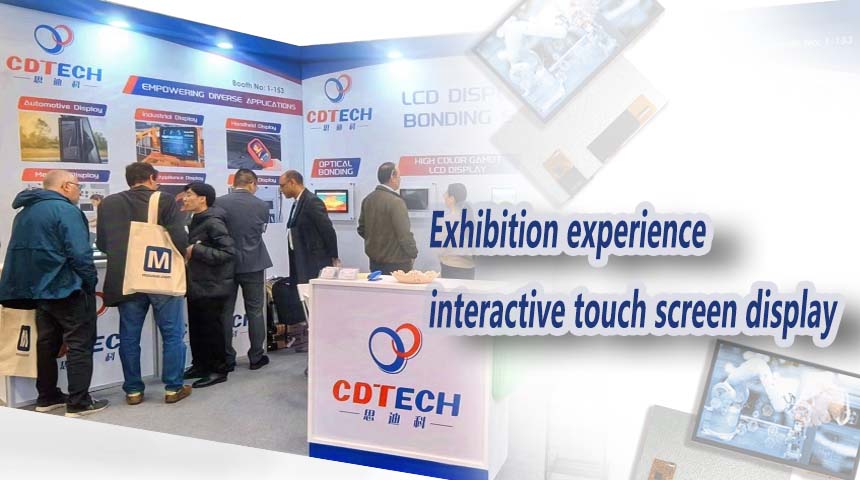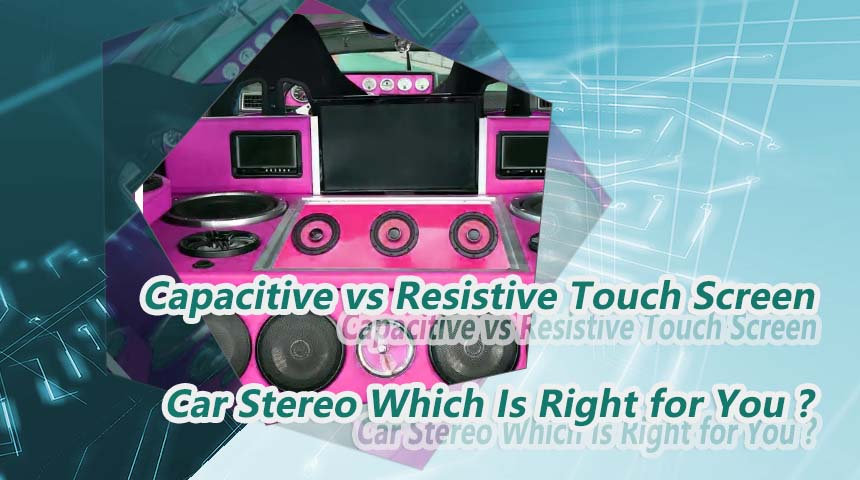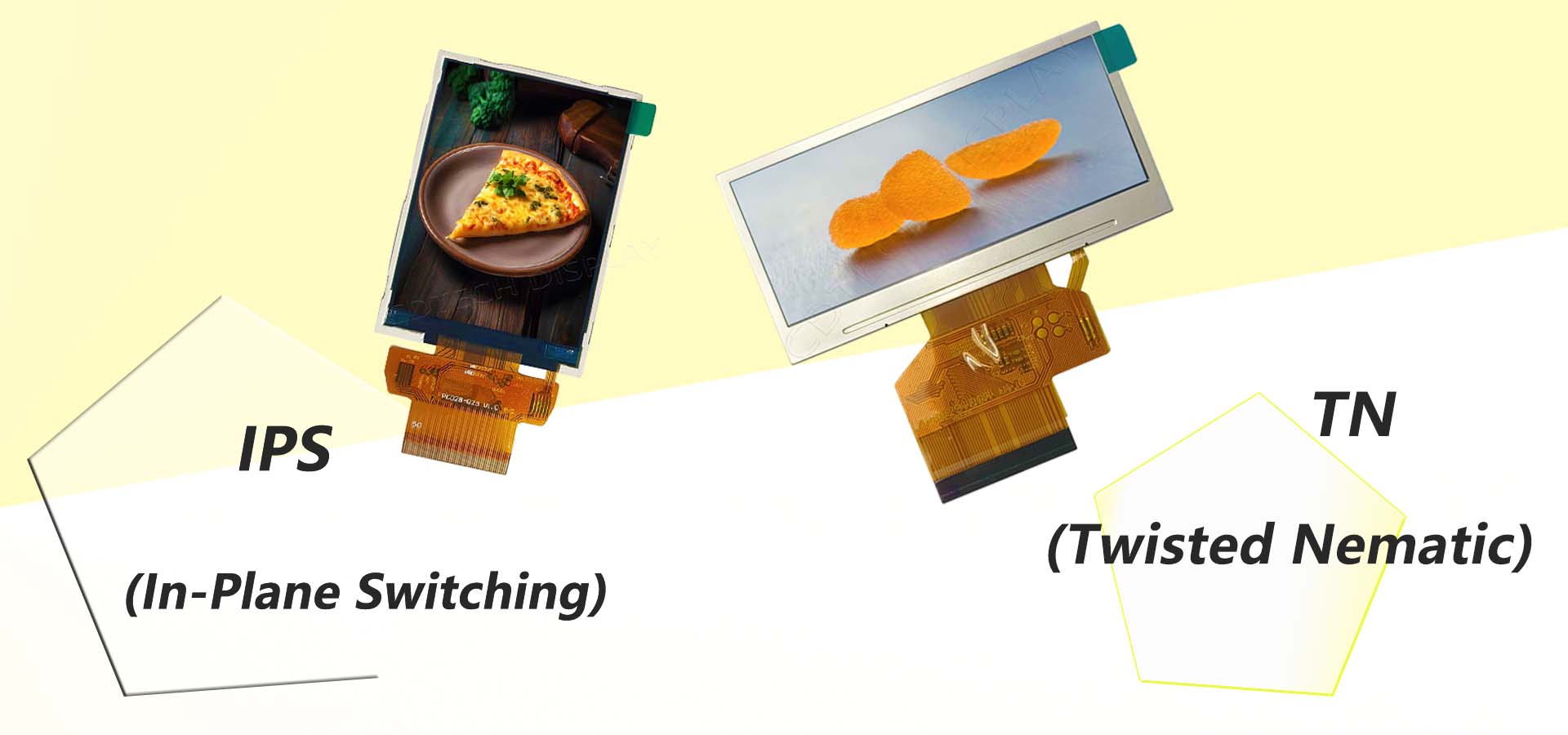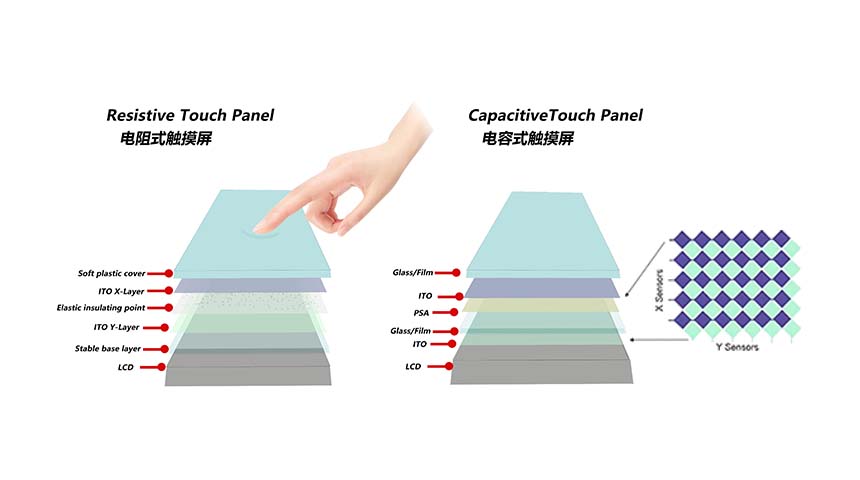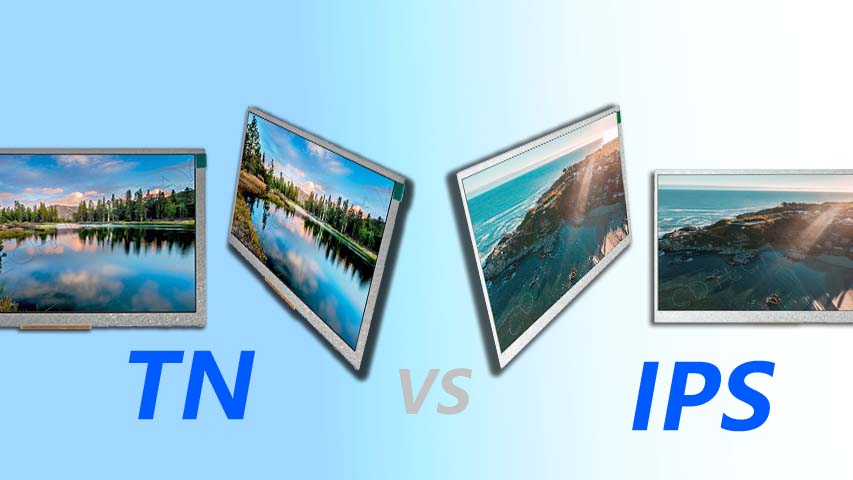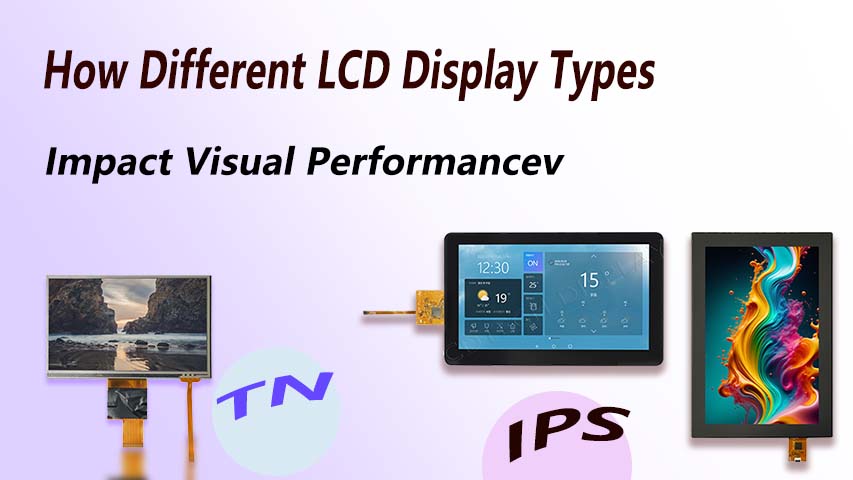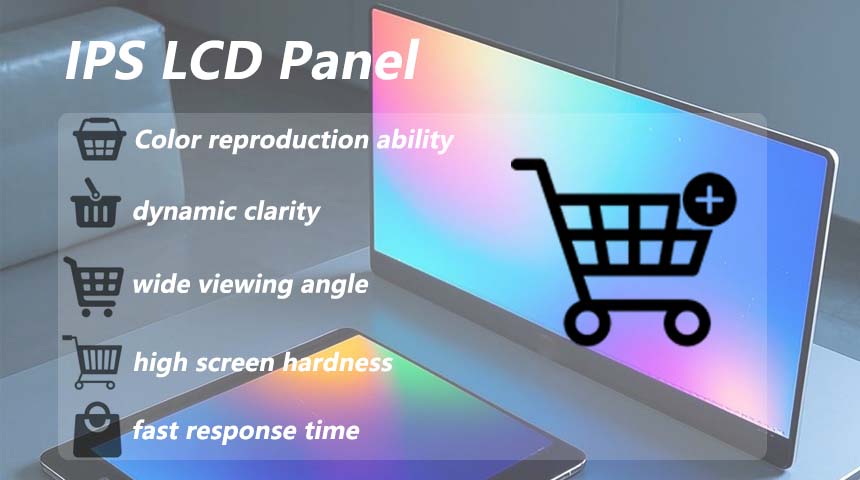Which Display is Superior: OLED vs LCD?
Exploring Display Technologies: LCD and OLED
In the realm of display technologies, two prominent contenders have emerged: Liquid Crystal Display (LCD) and Organic Light Emitting Diode (OLED). Each technology offers distinct advantages and characteristics that cater to different consumer needs. Understanding these differences is crucial for making an informed choice.
The Basics of LCD Technology
As LCDs do not emit light by themselves, LCD technology uses a backlight to illuminate its pixels made up of crystals that pass light through color filters to present an image. The dependence upon a backlight for LCD screens would also typically require additional components which would impact the device’s thickness and flexibility.
Understanding OLED Technology
What makes OLED technology unique is that the very materials that make up a display emit light through electricity, instead of a layer of light (backlight) illuminating the display like conventional displays. Because they can light up or turn off a pixel on their own, these OLED displays are thinner and may also offer more vibrant colors and deeper blacks. Since each pixel can be turned on or off independently, these OLED displays may also be able to produce brighter colors and deeper blacks, and they tend to be thinner as well.
Picture Quality Comparison: OLED vs LCD
When discussing the clarity of images on screens, both OLED and LCD exhibit distinct advantages and limitations.
Black Levels and Contrast Ratios
OLED screens are well known for their capability to produce black levels as each pixel can be completely turned off without any light leakage occurring which leads to better contrast ratios and ultimately enhances the viewing experience by adding more depth to dark scenes.
LCD screens face challenges in producing black levels because they depend on a backlighting system that may lead to some light escaping and impacting the contrast ratios adversely despite efforts to minimize this through advanced local dimming methods.
Color Accuracy and Vibrancy
Accurate color representation is an aspect where OLED screens typically shine bright. In displays enabling personalized control over specific pixels leads to vivid colors that mimic real life closely. Nevertheless, top-tier LCD screens have also made advancements in reproducing colors with techniques such as quantum dots.
Contrast Ratio Analysis: A Detailed Look at LCD and OLED
The difference in brightness levels plays a role in determining the quality of a display and affects how effectively a monitor can showcase variations between light and dark regions on the screen.
Infinite Contrast with OLED Displays
OLED stands out for its capability to completely switch off pixels allowing it to achieve contrast ratios resulting in impressive image quality where details stand out vividly against dark backgrounds.
Limitations in LCD Contrast Ratios
LCD screens have drawbacks because they rely on backlighting technology to function properly. Although technologies, like array local dimming, have enhanced their performance considerably LCD still fall short when it comes to achieving the same level of infinite contrast that OLED displays offer.
Lifespan Considerations for OLED and LCD Displays
For shoppers seeking purchases the durability of a screen is a crucial factor to keep in mind.
Degradation and Burn-in Issues with OLED
There is a worry associated with technology regarding the risk of burn-in or image retention over time when static images are frequently displayed. The organic materials utilized in OLED displays may deteriorate quickly compared to those in conventional screens.
Longevity of LCD Displays
LCD screens usually last longer than OLED screens because they don’t use materials that can cause burn-in issues over time. Aggressive backlight fading can still impact their lifespan. Tends to happen more gradually compared to OLED displays.
Energy Efficiency: Comparing the Eco-friendliness of OLED and LCD
The way these two technologies operate leads to variations, in their energy usage patterns.
Power Consumption Patterns in OLED
OLED screens are known to save energy when showing content since each pixel uses less power when emitting dimmer light or turning off completely in dark scenes.
Energy Use in LCD Displays
When comparing them side by side, LCD screens use an amount of power no matter how bright the display is since the backlight stays lit constantly unless specific dimming methods are used. Which could lead to using more energy than OLED screens in certain situations.
|
Feature |
OLED |
LCD |
|
Black Levels |
True blacks with no light leakage |
Limited by backlight |
|
Contrast Ratio |
Infinite |
Limited by design |
|
Color Accuracy |
Highly accurate |
Improved with quantum dots |
|
Lifespan |
Risk of burn-in |
Generally longer |
|
Energy Efficiency |
Efficient with darker content |
Consistent regardless of content |
CDTech is pushing boundaries in innovation by utilizing the advantages of both technologies and effectively overcoming their limitations. They offer top-notch display solutions customized to meet a range of needs for different uses all without sacrificing the high performance and reliability that today’s screens are expected to deliver.
Cost Implications: Evaluating the Price Difference
Factors Contributing to Higher Costs for OLED
OLED screens frequently have a cost compared to LCD screens due to various reasons such as the intricate production methods and the utilization of organic substances that produce light emissions. Moreover, the technology needed to attain OLED contrast and color precision also adds to the expenses of production. This means that customers might notice OLED screens being pricier than LCD ones in bigger sizes or premium models.
Affordability of LCD Displays
LCD screens are usually cheaper because they are made using established manufacturing methods and are widely accessible to consumers. LCD screens use backlighting technology and liquid crystals which contributes to their production costs. This affordability factor makes LCD screens a choice for consumers who are mindful of their budget and value cost efficiency over having the latest display technology.
Choosing the Right Display for Your Needs
Prioritizing Energy Efficiency and Cost
When choosing a screen option for yourself or your organization needs to be taken into account thoughtfully – when it comes to factors like energy efficiency and budget considerations – opting for LCD might be the way to go. Their stable power usage and lower upfront expenses make them a favorable choice in settings where financial limitations play a significant role.
Opting for Superior Contrast and Colors
If you’re looking for contrast ratios and vivid colors in your displays OLED screens are a popular choice as they excel in this aspect. Their capability to deliver blacks and accurate color representation greatly enhances visual enjoyment. If top-notch picture quality is what you value most opting for a display may prove to be a worthwhile investment in the long run despite its higher cost.
CDTech Company Overview and Product Offerings
Introduction to CDTech’s Innovations
CDTech leads the way in developing display technology with state-of-the-art solutions tailored to meet consumer requirements effectively through the use of OLED and LCD technologies to deliver products that excel in both performance and dependability.
Other Products: Standard LCD Options Available
CDTech not only offers cutting-edge products but also offers standard LCD choices that deliver reliable performance at an affordable price point. This range of displays is tailored for individuals who prioritize functionality while ensuring features such as color precision and resolution are maintained.
FAQ
Q1: Which performs better in bright environments?
LCD screens tend to work in well-lit settings because they have brighter screens and coatings that help lessen glare effectively.
Q2: How significant is the burn-in risk for OLED?
Burn-in risk is something to think about with OLED screens when static images show up often for periods. Technology improvements have reduced this risk a lot.
Q3: Are OLED displays more expensive?
OLED screens have a higher price tag because of their intricate production methods and top-notch visual performance characteristics.
Q4: Which consumes less power?
OLED screens use energy when showing darker content because they can switch off individual pixels completely in dark scenes.
Q5: Better choice for gaming?
If you’re into gaming and looking for graphics with rich blacks and quick response times OLED screens provide a more immersive experience than regular LCD screens.


 2025-02-27
2025-02-27  11:50
11:50 


